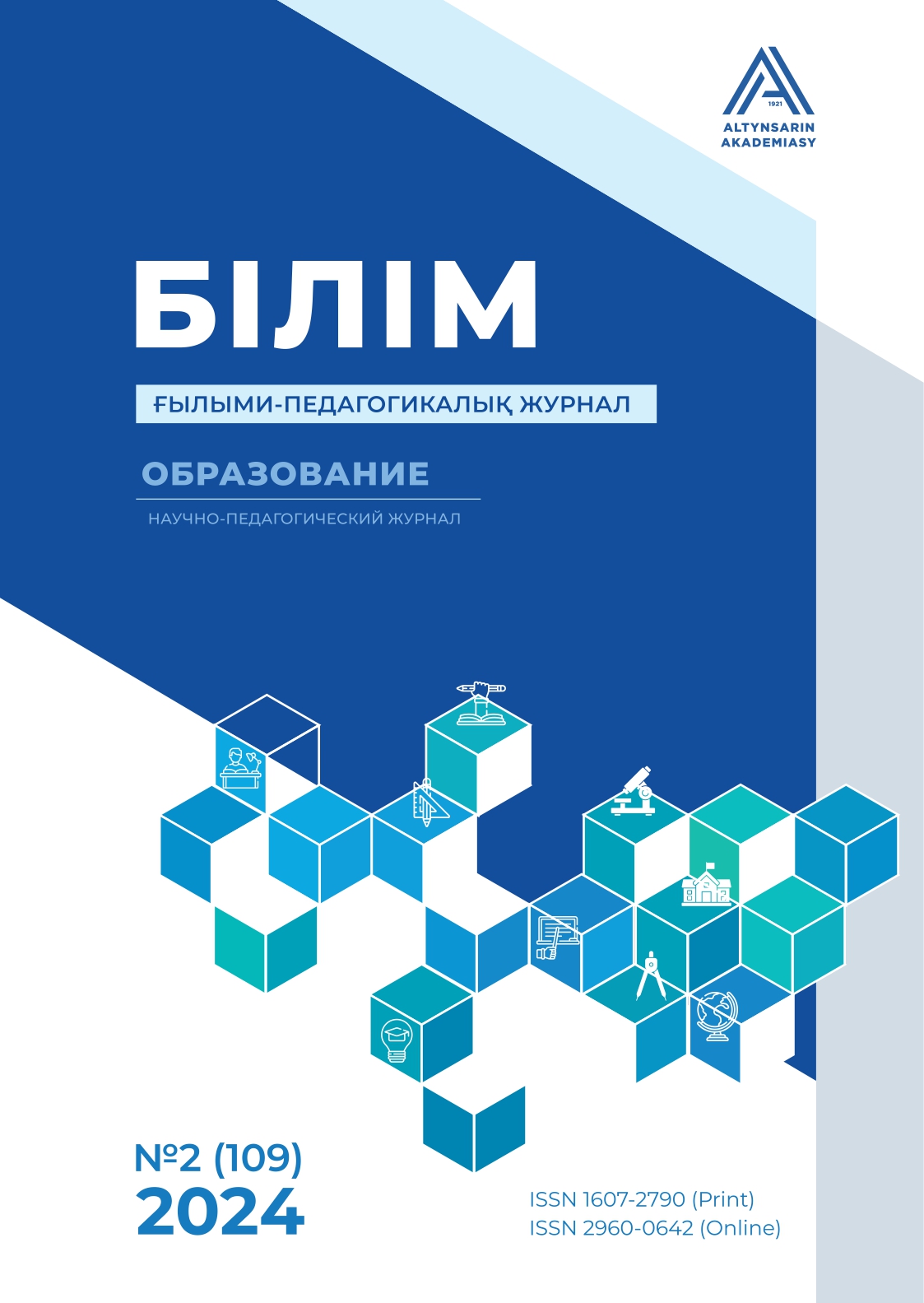Rural School Students’ Motivational Orientations in Learning English as a Foreign Language
DOI:
https://doi.org/10.59941/2960-0642-2024-2-53-62Keywords:
globalization, rural schools, English as a foreign Language, motivation, family influenceAbstract
Many empirical studies have been conducted to examine students’ motivation to learn English as a Foreign Language, given its growing power and the influence of globalization. However, school students' voices were almost missing in previous research in the Kazakhstani context, especially in rural areas. Hence, the purpose of this study was to explore motivational orientations in learning English as a foreign language in one rural school. To do so, the following research questions were formulated: 1) What are students’ motivational orientations in learning English as a foreign language? 2) What strategies are viewed as helpful in increasing their motivation? The Language 2 Motivational System proposed by Dornyei’s (2005) was applied in the research. It is built on three components: Ideal Language 2 Self; Ought 2 Self; Language 2 learning experience. The study was conducted through a qualitative approach. The data was collected via semi-structured one-on-one interviews with nine Grade 9 students. The six phases of thematic analysis developed by Braun and Clarke (2013) were used to analyze the data. The study revealed that students’ Ideal 2 Self prevails over Ought 2 Self, where family and future endeavors were found to be the most influential factors. From this study, several implications were suggested, such as conducting only English lessons, organizing school competitions, adding extra classes, and reopening private tutoring centers in the village.
 ҚАЗ
ҚАЗ РУС
РУС ENG
ENG
